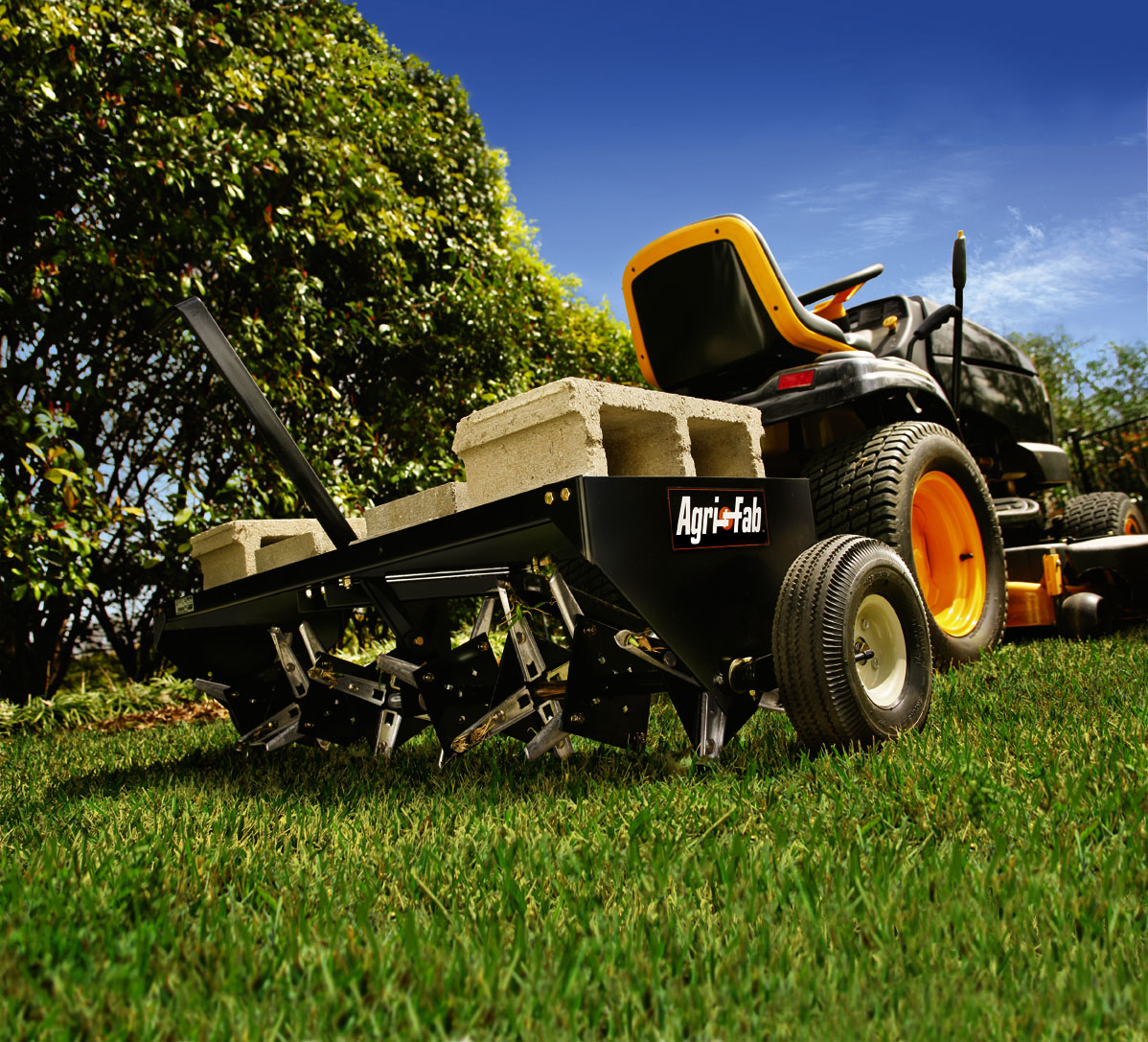There are many different types of shade plants that can be used to provide shade in your garden or landscape. Some plants are easy to grow, while others are more difficult.
How to choose the best shade plants for your garden
When it comes to choosing plants for your garden, it can be a daunting task. You want to find plants that look beautiful and add variety to your garden, but which ones will thrive in your climate and soil? The best way to choose plants is to consider what your garden looks like and what type of plants will work best with that style.
Once you have a general idea of what type of plants you would like to include in your garden, you can narrow your options. Here are some tips to help you choose the right plants for your garden:
- Look for plants that are in season. This will help you avoid plants that are out of season, or that will not grow in your climate.
- Think about what type of plant you want. Do you want a shrub, a tree, or a flower?
- Consider the size of the plant. Some plants are taller than others and will require a higher fence or other barriers to keep them in. Other plants, like roses, are short and will require less space.
- Think about the plant’s shape and form. Some plants are rounder or more bulbous than others, which can make them look different from far away.
- Consider the plant’s textures. Some plants have rough textures, which can add interest to a garden. Other plants have softer textures, which can be easier to care for.
- Think about how you want to care for the plant. Some plants require more water than others, and some need more care in the winter.
- Once you have chosen the plants you want in your garden, you can start planting them. Here are some tips to help you plan the perfect plants for your garden:
- Choose a good quality soil for the plant. The plant’s roots will grow deep down into the soil, so ensure the soil is heavy enough to support the plant’s weight.
- Make sure the plant has enough water. If the plant is in an area with a lot of rainfall, ensure the soil is moist before planting. If the plant is in an area with a lot of sunlight, ensure the soil is well-drained.
- Plant the plant in the proper position. Some plants will require more sunlight than others, so be sure to plant the plant in the correct spot.
- Remove any flowers or leaves that are no longer needed. These plants will use more energy and not look as good in the garden.
- Once the plant is in the ground, mulch it. This will help keep the soil moist and protect the plant from wind and weather.
Shade Plants
Adding some Shade plants to your garden this year can do wonders for your plants and overall garden health. Not only will they provide some much-needed relief from the sun, but they can also add some beautiful color and texture to your landscape.
Here are five shade plants you should consider adding to your garden this year:
Mexican morning glory (Ipomoea purpurea ‘Variegata’)

This beautiful morning glory is perfect for adding a touch of color and texture to your garden. ‘Variegata’ is a variety with striped leaves, adding a bit of interest to an otherwise drab garden. It is also elementary to grow, requiring little maintenance other than occasional watering.
Nandina domestica (Nandina domestica)
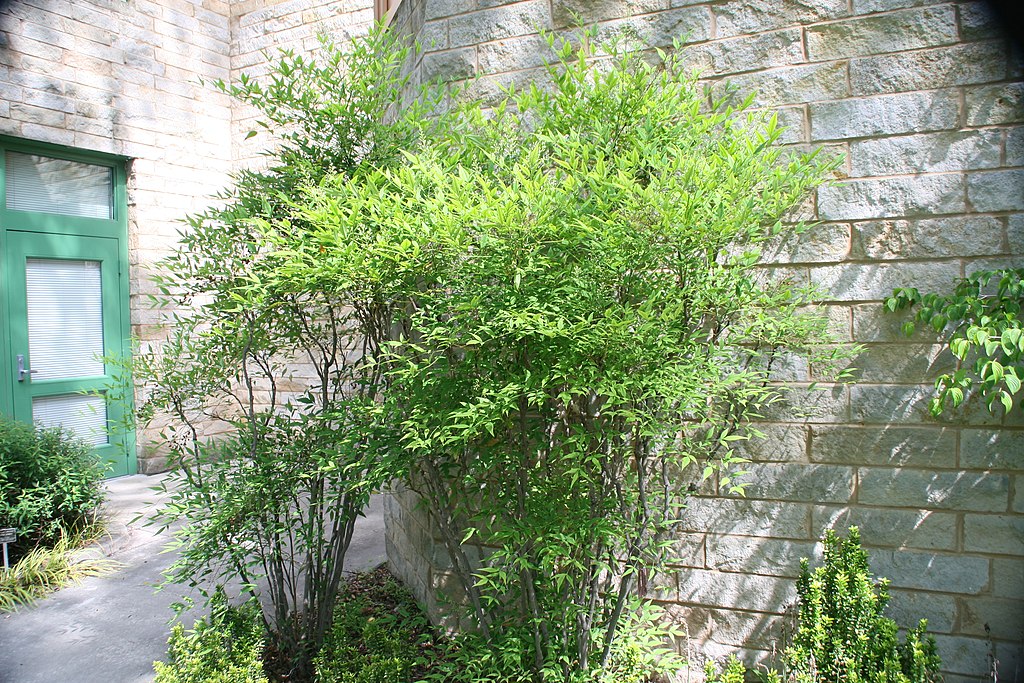
This tropical tree is perfect for adding a touch of color and texture to your garden. ‘Domestic’ varieties typically have smaller, more compact leaves than the more common ‘Variegata’ variety, making them a better choice if you have limited gardening space. They are also effortless to grow, requiring little maintenance other than occasional pruning.
Boston fern (Nephrolepis exaltata)
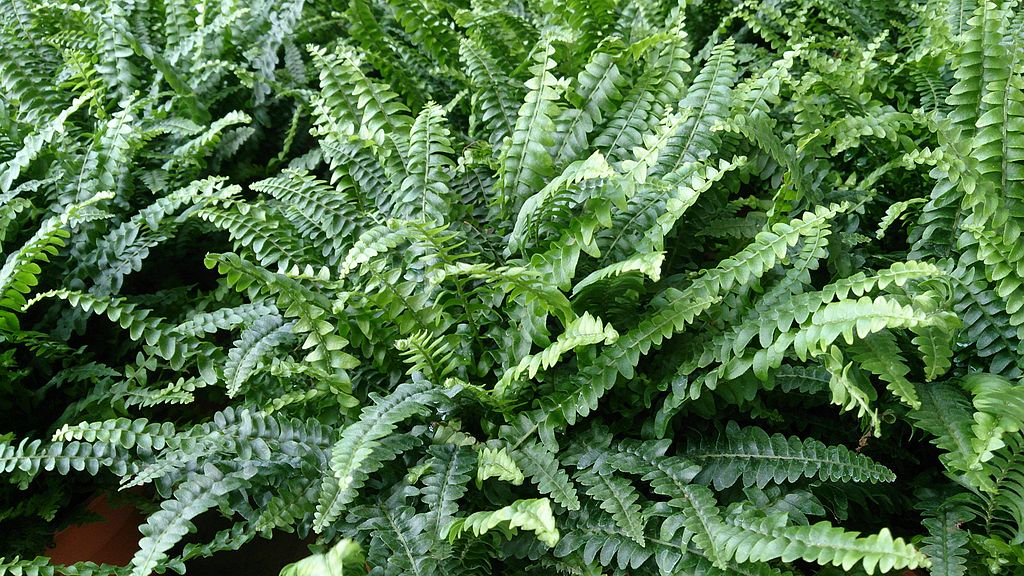
This popular fern is perfect for adding a touch of privacy and greenery to your garden. Boston ferns are very easy to grow, requiring little maintenance other than occasional watering. They also tend to be very resistant to pests and diseases, making them an excellent choice for gardeners who want to avoid problems.
Spider plant (Chlorophytum comosum)
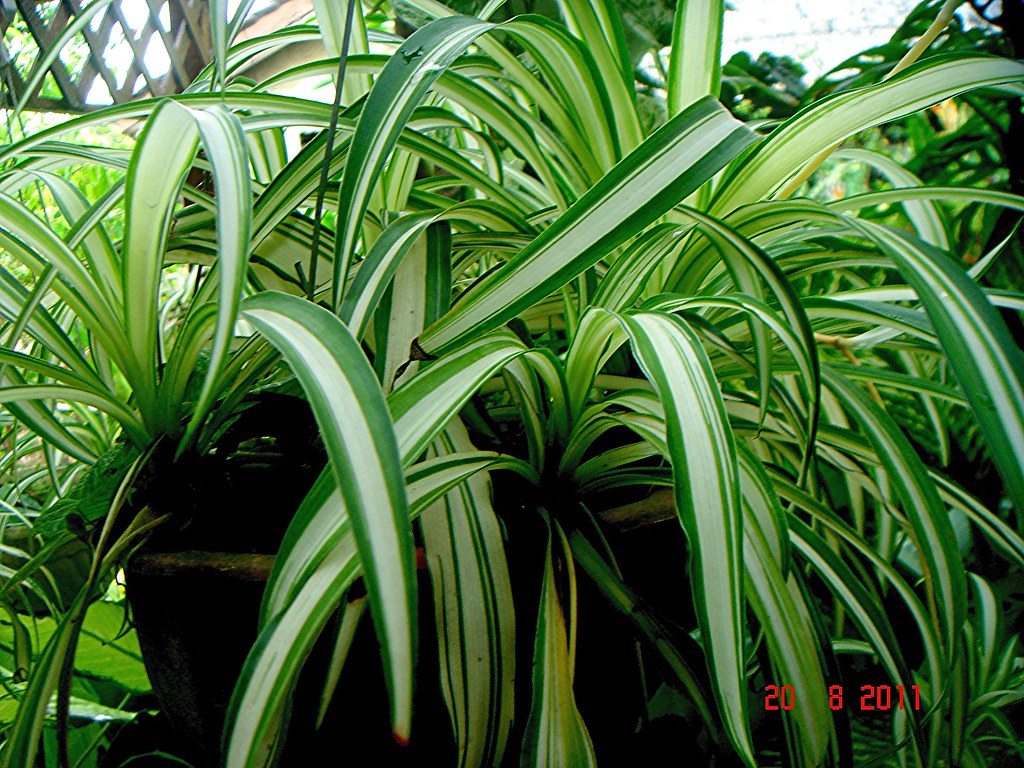
Spider plants are perfect for adding a touch of color and texture to your garden. They are also straightforward to care for, requiring little maintenance other than occasional watering. Spider plants also make an excellent choice for gardeners who want to avoid problems with pests and diseases.
Peace lily (Spathiphyllum commutatum)
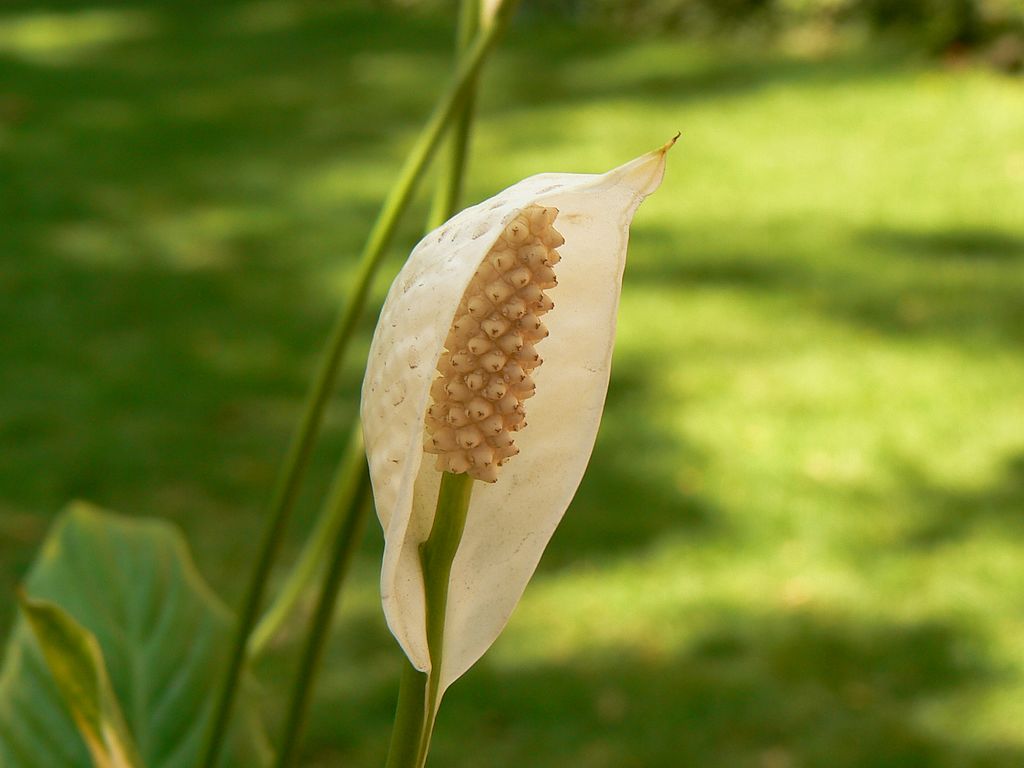
This beautiful lily is perfect for adding a touch of drama and color to your garden. Peace lilies are very easy to grow, requiring little maintenance other than occasional watering. They also have large, showy flowers that are sure to attract attention.
Tips for growing shade-tolerant plants
If you want to grow plants that can tolerate partial or complete shade, you can follow a few tips. First, find a shade-tolerant variety of plants that interests you. Once you have chosen a plant, please read up on its specific shade tolerance. You may also want to consult with a gardening expert to understand better the best way to care for your plants in partial or complete shade.
Here are some general tips for growing shade-tolerant plants:
1. Choose a variety of shade-tolerant plants that interest you.
2. Be sure to read up on the specific shade tolerance of the plants you are interested in.
3. Consult with a gardening expert to get the best care for your plants in partial or complete shade.
How to care for shade-tolerant plants
Shade-tolerant plants can greatly add to your landscape, but they require special care to stay healthy. Here are some tips for keeping your shade-tolerant plants healthy and thriving:\n
1. Water your plants well. Keep them hydrated by watering them regularly, even when the soil appears dry. Overwatering can lead to root rot and other problems.
2. Fertilize your plants regularly. Use a balanced fertilizer that is designed for shade-tolerant plants. Overfertilizing can lead to excessive growth and potential problems.
3. Mulch your plants. When warm weather, mulch your plants to help keep them cool and moist. This also helps to reduce the amount of watering you need to do.
4. Prune your plants regularly. Pruning can help to promote healthy growth and reduce the amount of shading your plants need.
5. Remove old growth. When your plants become overcrowded, remove old growth to make more room for new plants.
Following these tips can keep your shade-tolerant plants healthy and thriving.





